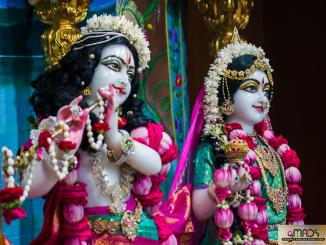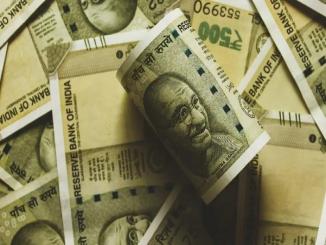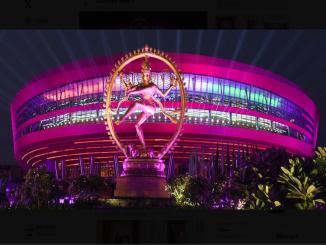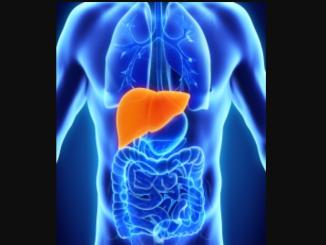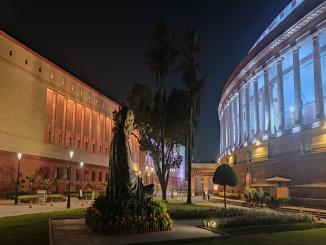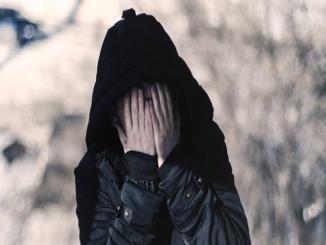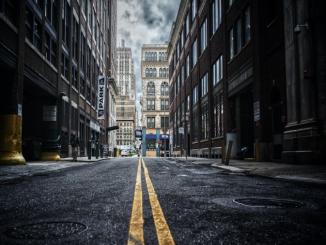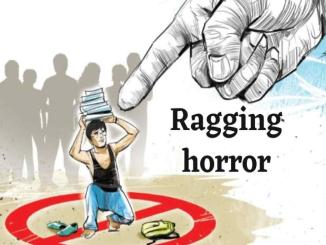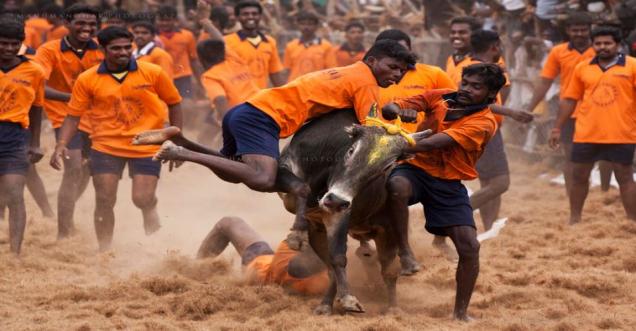
India, Jallikattu: India is a society of multilingual and many religions of people live in harmony and respect others; however we should never forget animals, the livestock animals which live with us across towns and villages. The farther we live from these animals, the farther we move out of society and health.

How Jallikattu build the Bond between human and animals:
Already there is widespread mechanization of our day to day life. Whether you go to the village, towns of city it is common. The Motor pump, tractors, agriculture, dairy products all has become mechanized. The use of animal has become less. Often many people in their life must have never touched a animal like cow, sheep or goat but they want their Milk, egg etc.
In schools we have sports classes where the children’s while playing at least touch one another at certain point of time, which affect their bond of being together, same way when we touch the animals like bull we move in closer proximity of love with the animal and tend to take more care of the animal.
Mechanized Society: forget about towns now people living in villages have become more casual. They have started using several advanced techniques to get more from their livestock’s. They have started breeding them only on the sake of money. Before village people used to raise live stock mostly for some personal usage, but now it more of a commercial. Removing a custom like Jallikattu will increase their distance from the animal like Bull in this respect.
Endangered Animals, There was a time when you go travel anywhere in India; you can easily see a Bull roaming around in the streets, towns or many others places. You would have seen at least once a day. But now with the introduction of Artificial Insemination of Cow, slowly bulls are becoming more of extinct. Banning Jallikattu will again distance humans from this beautiful and magnificent animal, which walks on the road of India, Just like the lion in the jungle. There were more than 130 breeds of cattle in India 100 years ago; currently we have only around 25 breeds. So unless we don’t engage ourselves into this type of tradition it will be tough to save this animal. Tamil Nadu had six cattle breeds before but now we have lost the Alambadi breed. The breeds Kangayam, Pulikulam, Umbalachery, Barugur and Malai Maadu are the only left.
Training and preparation: Preparation of Jallikattu is a gradual process. First calves are reared to become a bull. They are well fed with nutritious diet to become a strong animal. The calves once growing upto adolescence are taken into small events which help them grow for the custom. They are trained to not to let strangers come near to them. The people, who raise these bulls, treat these animals to be sacred to them. Post 2009, it is claimed that before the bulls are released in gate on the day of Jallikattu (Vaadivaasal), they are subjected to medical tests, to test for alcohol and substance that will aggravate the bulls. The human participants in the Jallikattu event are also said to undergo medical tests as well and are tested for alcohol, but still no official confirmation how many do this. Doing all this again bring the animal Bull more closer to the human being and many persons who take part in the Jallikattu event needs as well to be healthy, so the preparation is all round and this helps make a healthy society.
History from Wikipedia
Bull baiting was common among the ancient Aayar or Yadava people who lived in the Mullai geographical division of the ancient Tamil country. Later, it became a platform for display of bravery and prize money was introduced for participation encouragement. A seal from the Indus Valley Civilization depicting the practice is preserved in the National Museum, New Delhi. A cave painting in white kaolin discovered near Madurai depicting a lone man trying to control a bull is estimated to be about 2,500 years old.bn'




